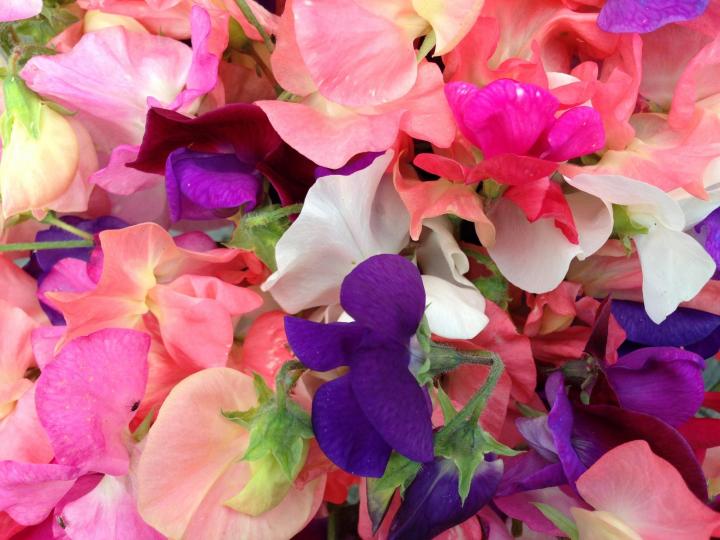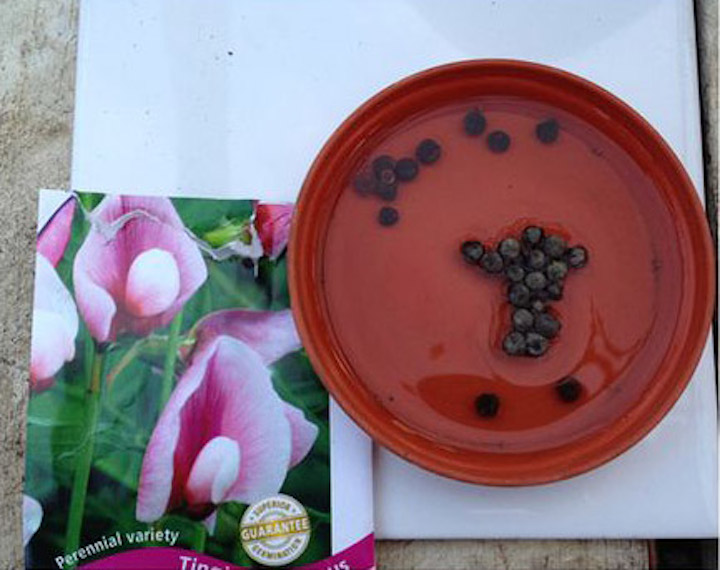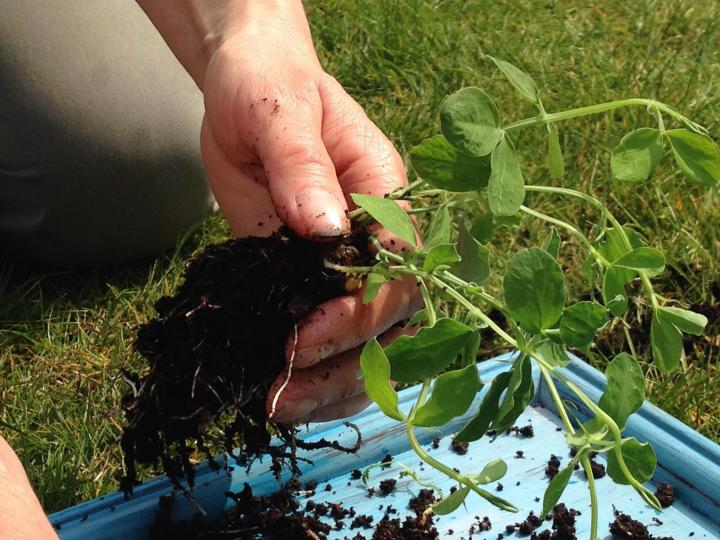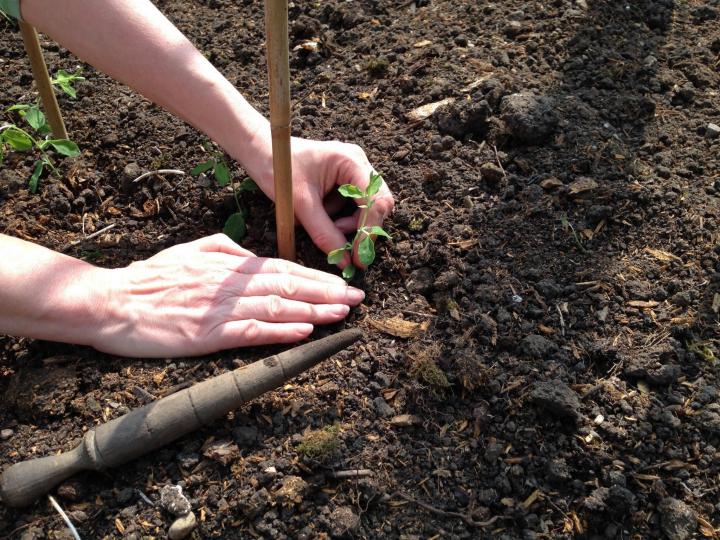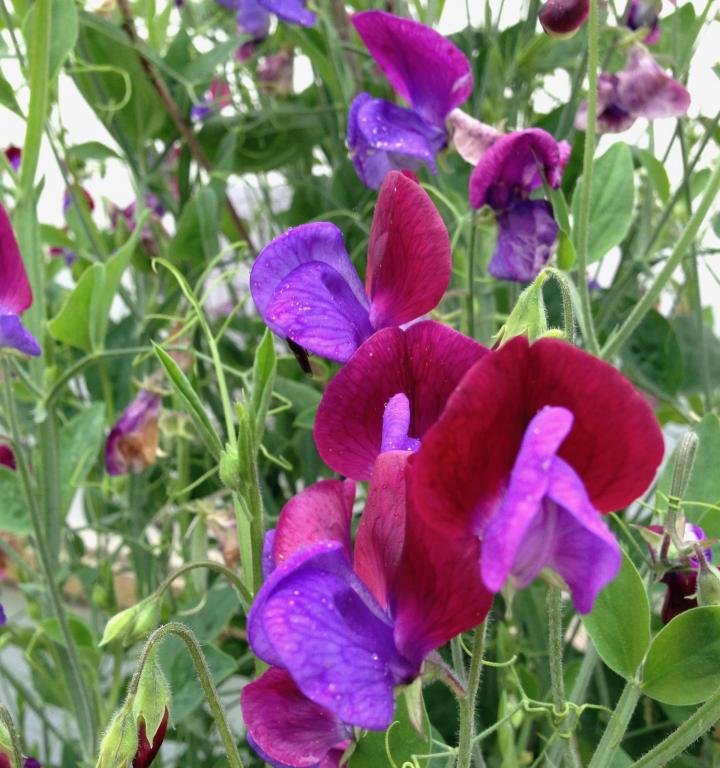
Also receive the Almanac Daily newsletter including gardening tips, weather, astronomical events, and more.
Planting, Growing, and Caring for Sweet Peas
ADVERTISEMENT
My perennial sweet pea seems to be late coming this year- I have grown it for many years and it has been very robust- when should see the shoots It is May 23 in Nova Scotia Annapolis Valley.) thx!😊
I have started beautiful sweet peas in Jax Beach Florida, last year I planted Tomatoes near the sweet peas, lots of blooms..... no tomatoes. I saved seeds this year and have many sweet pea vines, are the sweet peas contributing to my Tomato problem? I live in a senior facility & have use of a raised garden box, is the soil contaminated from sweat peas?
Interesting question. The sweet pea flowers are not edible, but they are perfectly fine to plant in a garden where you plant vegetables. Sweet peas will grow and die well before tomatoes come up. They go into the garden around the same time that you would plant edible garden peas. In some areas, the tradition is Good Friday, which is usually in early April. All peas produce a benefit to the soil in the form of nitrogen-fixing nodules on the roots.
What about deer? I have many deer where I live here in Odessa Florida.
Hi Sallee,
Sweet peas are considered deer resistant, although there is the chance they may take a nibble or two before finding out it is not their preferred food source. The flowers are also great for bees and butterflies.
Are sweet pea flowers edible?
No, all parts of the sweet pea plant are poisonous. If too much of the plant is consumed, it can cause a condition called lathyrism, which is exhibited by paralysis, shallow breathing, and convulsions.
Is it okay if I planted the sweet peas in the same seed starter tray as my herbs? I didn't know they were poisonous until I read this article. They were planted in different pods than the other seeds and will be transplanted to different containers.
Yes, it is still safe to plant them in the same starter tray as your herbs.
looking forward to trying different Sweet Pea varieties this year; Home Depot usually has nice Sweet Pea seeds; lovely garden plant~

